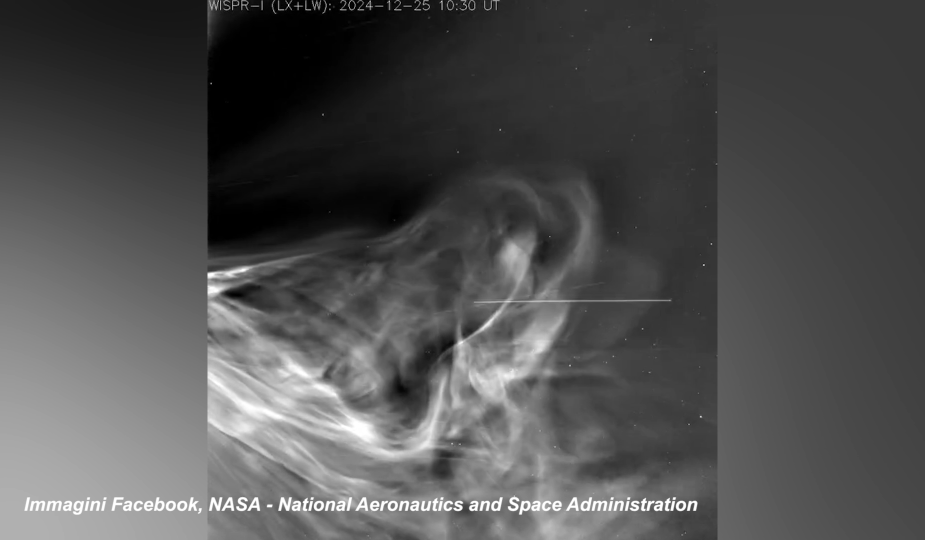NASA’s Parker Probe Captures Sun’s Fury Just 6.1 Million Kilometres Away
For the first time ever, NASA has shared jaw-dropping footage of our Sun’s sizzling surface, filmed from a mere 6.1 million kilometres by the Parker Solar Probe. This unprecedented video, released mid-July 2025, offers a breathtaking close-up of solar eruptions, coronal loops and the whoosh of solar wind—images that were once confined to advanced simulations.
Meet the Daring Parker Solar Probe
Launched in August 2018, Parker Solar Probe was designed to endure some of the most extreme conditions in the solar system. Its heat shield, composed of reinforced carbon-carbon, withstands temperatures above 1,600 °C and protects sensitive instruments, allowing the probe to skim just 6.1 million kilometres from the Sun’s visible surface.
- Extreme Velocity: Speeds topping 700,000 km/h during perihelion phases.
- Advanced Shielding: A 4.5-inch thick Thermal Protection System (TPS) blocks intense heat.
- Multi-Orbital Passes: Gradual approach began on 24 December 2024, with future passes planned closer to 5.5 million km.
Unprecedented Close-Ups of Solar Eruptions
The newly released video zeroes in on the Sun’s dynamic outer atmosphere, or corona. You’ll witness:
- Massive Solar Flares: Sudden bursts of energy sending charged particles hurtling into space.
- Coronal Loops: Giant magnetic arcs glowing in searing plasma, tracing the Sun’s magnetic field lines.
- Solar Wind Streams: High-speed streams of protons and electrons that buffet planets and spacecraft alike.
These highlights are more than eye candy—they’re critical data for understanding why the corona reaches over a million degrees Celsius, far hotter than the Sun’s surface.
Why It Matters to Earth and Beyond
Though visually stunning, Parker’s discoveries have real-world impact:
- Space Weather Forecasting: Better prediction of solar storms can protect satellites, power grids, and GPS networks.
- Astronaut Safety: Understanding radiation bursts helps plan safer crewed missions to the Moon and Mars.
- Fundamental Science: Insights into magnetic reconnection and plasma physics drive innovations in fusion energy research.
Inside Parker’s Suite of Instruments
Four cutting-edge experiments ride aboard Parker Solar Probe:
- WISPR (Wide-Field Imager): Captures visual images of the corona and solar wind structures.
- FIELDS: Measures electric and magnetic fields in the probe’s environment.
- SWEAP (Solar Wind Electrons Alphas and Protons): Samples particles streaming off the Sun.
- ISʘIS (Integrated Science Investigation of the Sun): Records energetic particles accelerating near the Sun.
Next Steps: Pushing Closer to the Sun
As Parker completes each solar orbit, it’ll dive closer to the Sun’s surface than any spacecraft in history. Upcoming goals include:
- Reaching perihelion distances under 5 million km.
- Detailed mapping of the solar wind’s acceleration zone.
- In-depth studies of coronal mass ejections to improve early warning systems.
How You Can Experience the Solar Adventure
To dive deeper into this cosmic voyage:
- Watch the full high-definition video on NASA’s official website and YouTube channel.
- Follow Parker Solar Probe updates on NASA social media for behind-the-scenes discoveries.
- Combine with Europe’s Solar Orbiter mission for a multi-perspective view of the Sun.
These stunning visuals are a powerful reminder that science can be both enlightening and extraordinarily beautiful—an invitation to keep looking up and marveling at the star that sustains life on our blue planet.










